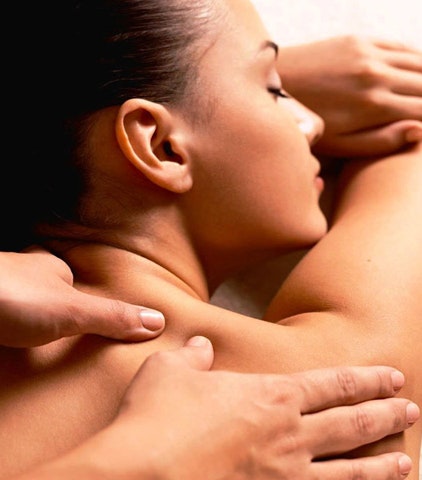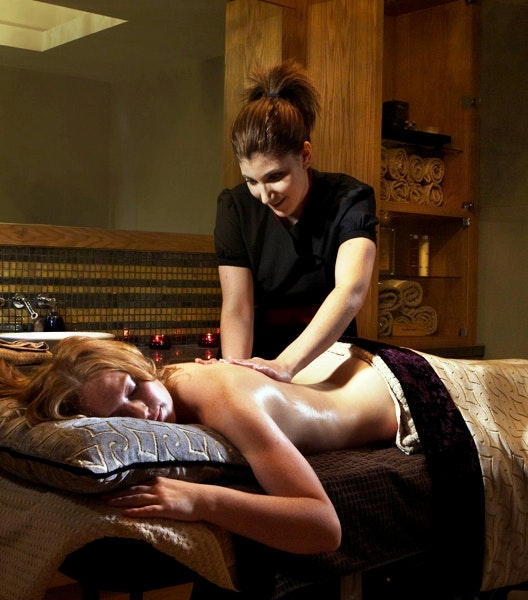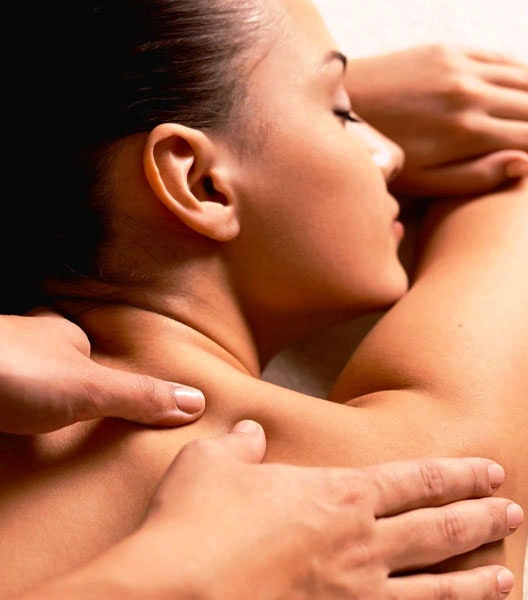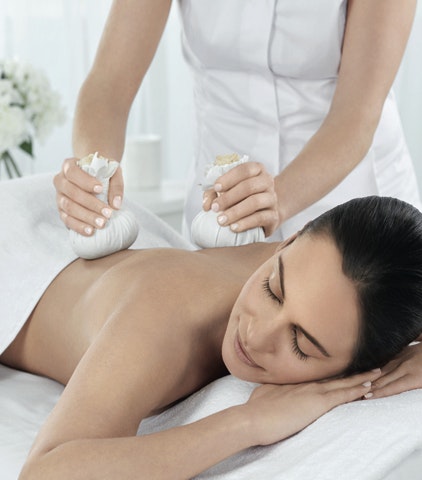
A guide to thermal spas and suites
In this guide, we take a look at thermal spas and thermal suites and highlight why they can leave you feeling relaxed and rejuvenated. We also bring you some great spas with thermal facilities.
What is a thermal suite?
The word ‘thermal’ relates to heat. In the context of a spa, it means that you can use facilities that harness the wellness properties of extreme heat. Spas that offer thermal experiences (or feature what are often called ‘thermal suites’) usually also offer facilities at the other end of the spectrum – namely, ice and cooling water. Alternating between extreme heat and cold can have benefits for your overall health and wellbeing.
If you’d like to try the thermal spa experience for yourself, you can find thermal suites at most of our fabulous spas, including our exclusive 4 and 5 star luxury spa hotels.
Thermal spa facilities
So, what can you find at a thermal spa or in a spa’s thermal suite? Here is an overview of the facilities you might find (these will vary between spas).
Hot tub: This is simply a tub filled with warm and bubbly water. There are private hot tubs or communal facilities. Simply lie back and relax!
Jacuzzi: What’s the difference between a hot tub and a Jacuzzi? The answer is not much. Jacuzzi is simply a brand name that has grown in popularity to the extent that it is often used to describe what are essentially all hot tubs (with a few subtle differences).
Sauna: Traditional Scandinavian saunas are wooden rooms with benches on which you relax while the space reaches temperatures of up to 90C. The humidity in a sauna reaches just 5-10% making it a dry heat, which comes from a stove or from hot stones, onto which water is poured to create steam.
Steam room: Many people are unsure of the difference between a sauna and a steam room. The main difference is the type of heat. A steam room features dry heat at temperatures of up to 50C, but with 100% humidity, it feels hotter and much steamier than a sauna. Some spas add aromas and essential oils to the steam room to increase the benefits and enhance the experience.
Laconium: This is a less intense type of sauna. They feature lower temperatures of around 60C and humidity of 15-20%, so offer a gentler heat experience.
Caldarium: This is a form of steam room, with heated walls, floors and benches. The heat reaches 45-50C, with 100% humidity.
Samarium: This is a type of sauna that has a temperature of 55-60C and humidity of 35-50%.
Turkish bath: A cross between a sauna and a Roman bath, the Turkish bath, or hammam, is a room heated to 25-50C with 100% humidity, in which you are massaged with oils and scrubs before they are washed away with hot water.
Rasul (or Rhassoul) mud chamber: This is a steam room that reaches 40-45C with 100% humidity in which you can enjoy an Arabian-inspired mud treatment. You slather yourself in purified mud and relax in the hot chamber to let the minerals nourish your skin before it is washed off using the in-room shower.
Heated loungers: In addition to relaxation loungers and relaxation beds, many spas offer heated loungers. These are simply cosy tiled loungers which are gently heated to a comfortable temperature where you can relax and unwind. You can find heated loungers in the spa’s dedicated indoor or outdoor relaxation areas or poolside.
Ice fountain: This is simply a fountain that pumps out ice flakes, so you can grab a handful and rub them across your skin to balance out the extreme heat. Spas provide ice fountains so you can cool down between heat experiences.
Ice caves, ice rooms and igloos: As the names suggest, these are chilly, invigorating spaces that complement the extreme heat facilities, helping you to cool off and stimulating your circulation. They are commonly in the range of -10C to -15C, so they’re not for the faint of heart!
Experience showers: These luxury showers feature different jets and temperatures to offer a variety of warming and cooling experiences.
Hydrotherapy pools: These pools are heated to around 33-36C and feature a selection of adjustable massaging water jets. They are often used as a form of treatment for a whole host of ailments. The treatment incorporates movements or exercises performed in the water.
What are the benefits of a thermal spa?
Using a spa’s thermal suite or thermal facilities can offer a variety of benefits for your overall health and wellbeing. The extreme heat can:
- Soothe your muscles
- Detox your skin
- Promote blood flow
- Aid in relaxation and de-stressing
Additionally, steam can be especially good for clearing respiratory congestion and opening up your pores.
Meanwhile, extreme cold can:
- Boost your circulation
- Boost your immunity
- Reduce inflammation
- Help you feel rejuvenated and revived
You can enjoy thermal spa facilities on their own or as part of a spa day that includes treatments. They can be particularly beneficial if you work out regularly or take part in sports, as they can help recovery. Thermal spas can also be good for some injuries and medical issues – but check with your doctor first.
Are there any dangers to using thermal spa facilities?
When using heat facilities, be sure to stay well hydrated and start slow. For example, beginners should only stay in a sauna for around five minutes. You can build up to 15-20 minutes. But always listen to your body and ensure you take at least 20 minutes to cool off after your session. Also, alcohol and extreme heat don’t mix, so save that glass of Prosecco for after you’ve cooled down!
Not everyone should indulge in the extremes of temperature offered by a thermal spa. In particular, anyone with heart problems, circulatory issues or high blood pressure should avoid these facilities. Additionally, thermal spa facilities may not be suitable for those with skin conditions such as eczema or psoriasis.
If you have any underlying medical conditions or have recently undergone surgery or medical treatment, it is always advisable to talk to your doctor before booking your spa experience. You should also make the spa aware of any medical issues, as they may have their own restrictions in place to ensure the health and safety of their guests.
Can you use thermal spa facilities when pregnant?
Generally, heat-related spa facilities are off-limits during pregnancy because they can raise the body’s temperature. Massage jets and hot tubs should also be given a miss. However, cool water facilities, such as monsoon showers, and ice fountains can offer relief, especially for pregnancy-related swelling. Areas around these facilities may be slippery, so take care when moving around. Also, be sure to check with your doctor before you book your appointment and let the spa know that you are pregnant. Read more in our pregnancy guide.
Popular thermal spas in the UK
Here are just a few of our favourite spas with thermal suites:
- Mercure Shrewsbury Albrighton Hall Hotel and Spa in Shropshire features a Thermal Suite offering a sauna, steam room and ice room.
- The Belfry in Warwickshire is a luxury spa that offers a 90-minute Fire and Ice Experience that features a series of bio thermal rooms, including an igloo, caldarium and samarium.
- Ragdale Hall Spa in Leicestershire is a luxury spa that features a Thermal Spa offering a variety of pools and heat experiences.
- The Spa @ Suites Hotel on Merseyside is a luxury spa that features a thermal suite with a sauna, ice room and crystal steam room.
- Netherwood Hotel in Cumbria offers a Thermal Journey Experience that features an aroma steam room, ice fountain, sauna, hot tubs and a cold plunge tub.
- Alexander House Hotel & Utopia Spa in West Sussex is a luxury spa that features a heat treatment suite and private outdoor hot tubs.
If you’d like to visit an outdoor hot tub in the UK, take a look at our article for some inspiration: /spa-insider/destinations/10-great-uk-spas-with-an-outdoor-pool-or-outdoor-hot-tub/
Contact us today or book online to secure your next thermal spa experience.




